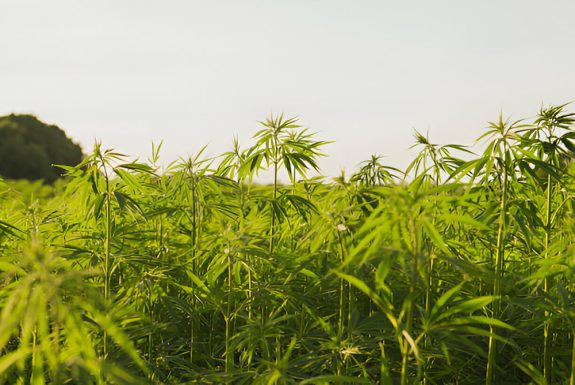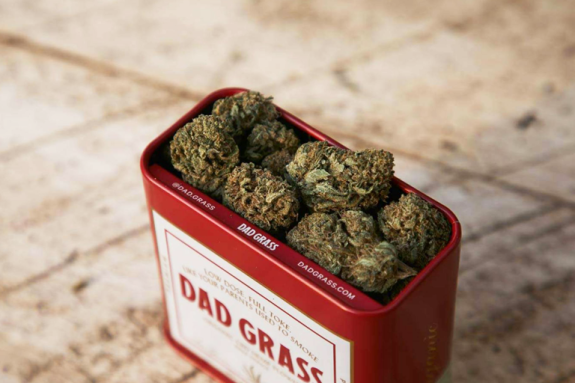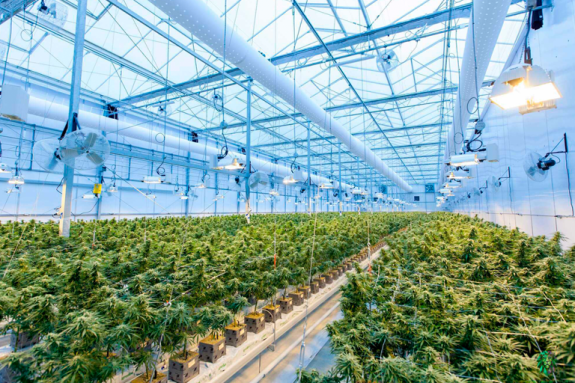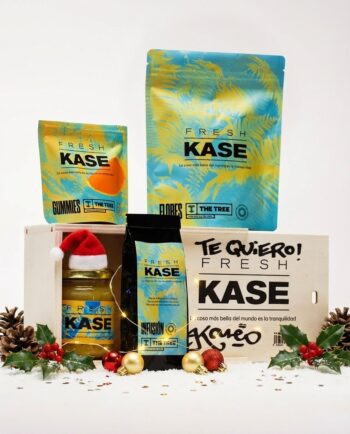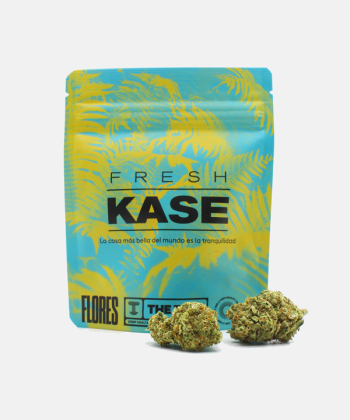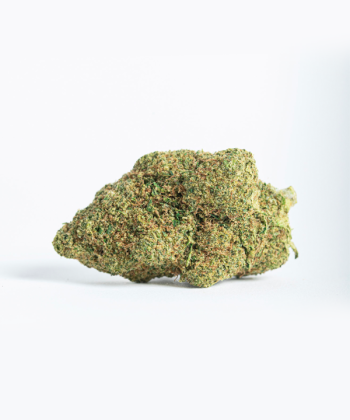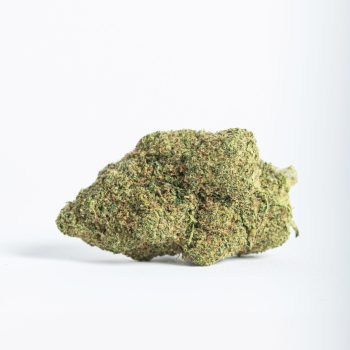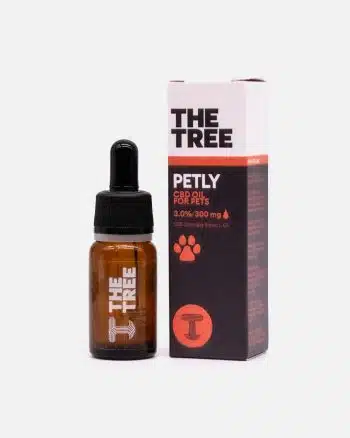Both marijuana and hemp are cannabis plants, scientifically known as Cannabis sativa L. They differ mainly in their morphology and in the active compounds they produce. These differences are not merely superficial, but have profound implications both in their use and in their legal and cultural perception.
Hemp has been valued for millennia for its strong fibre, used in the manufacture of ropes, fabrics and paper, as well as for its nutrient-rich seeds and oil. In recent years, it has also become the main source of CBD.
Marijuana, on the other hand, refers to cannabis strains that contain significant concentrations of tetrahydrocannabinol (THC), the psychotropic compound that causes the “high” effect.
This distinction between hemp and marijuana is not only a matter of chemical composition, but also of legislation and application in everyday life. While hemp has been decriminalised and is legal in many parts of the world, marijuana remains the subject of legal and social debate, although its medicinal and recreational use has gained acceptance in several countries.
This article will explore the crucial differences between these two sister plants of the cannabis genus, unravelling the mysteries of their biology, their applications and the intricate legal landscape that surrounds them.
Differences regarding morphology and cultivation
At first glance, both hemp and marijuana may appear identical to the untrained eye, however, closer inspection reveals considerable differences in morphology and optimal growing conditions.
Traditionally, hemp has been grown for its fibre and seeds, featuring tall, slender growth. It reaches heights of up to 4 metres and its leaves are narrower and clustered at the top of the plant.
Marijuana, on the other hand, is characterised by its bushier, lower structure, with broad leaves and dense buds containing most of its cannabinoids. These physical differences are a direct reflection of their divergent uses and specific growing conditions.
Over many years, hemp has been grown in large open fields, adapted to a wide range of climates and soils. The aim was to maximise fibre and seed production, with plants placed close together to encourage vertical growth and the production of long, straight stalks.
In contrast, marijuana has been placed in a more controlled and meticulous environment to optimise THC and flower production. This includes precise control of light, humidity, soil pH, nutrients, etc.
However, with the popularisation of CBD for its many properties, hemp has started to receive the same amount of attention as marijuana. This is because this cannabinoid, CBD, is a much more abundant substance in hemp buds than in marijuana, which is why we are now pursuing the maximum production of the best quality hemp flowers, like the ones you can find in our e-commerce.
Uses and applications of hemp
Hemp and marijuana, while sharing botanical origins, diverge markedly in their uses, which reflect their chemical and morphological differences. These not only show the versatility of the cannabis genus, but also how societies have valued different characteristics of these plants throughout history.
Hemp fibre, obtained from the stalks of the plant, is known for its strength and durability, making it ideal for the manufacture of rope, textiles, and paper. It has been used for centuries to make clothing, sailing sails and books, among many other uses. In addition, hemp seed is a rich source of protein and omega-3 fatty acids.
Despite their differences, both hemp and marijuana have been valued for their properties. The former, with its high content of CBD and other non-psychotropic cannabinoids, has become popular for conditions of pain, anxiety and inflammation, without the intoxicating effects associated with THC.
Marijuana, on the other hand, has been used mostly for recreational purposes, due to the intoxicating effects it produces. Scientific research continues to unravel the potential of both, with a growing body of evidence supporting their use in a variety of conditions.
Legal status of both plants
The private use of marijuana is generally not illegal in EU countries. However, cultivation is illegal in many EU member states, even if it is for personal consumption, as is the case in France, for example. Some countries, such as Malta, Luxembourg or Germany, allow the cultivation of small numbers of plants. As for sale, with the exception of the Netherlands, it is totally prohibited, although in some countries, such as Germany, it is possible to obtain marijuana for one’s own consumption through an associative model.
On the other hand, as far as hemp or CBD buds are concerned, they are not specifically prohibited in any European country, although their cultivation may be subject to certain regulations. As far as sales are concerned, hemp or CBD buds, not being a drug like marijuana, can be sold in the EU, although some uses are limited. It is therefore advisable to inquire about the permitted forms of use wherever you are if you want to consume or use CBD products.

